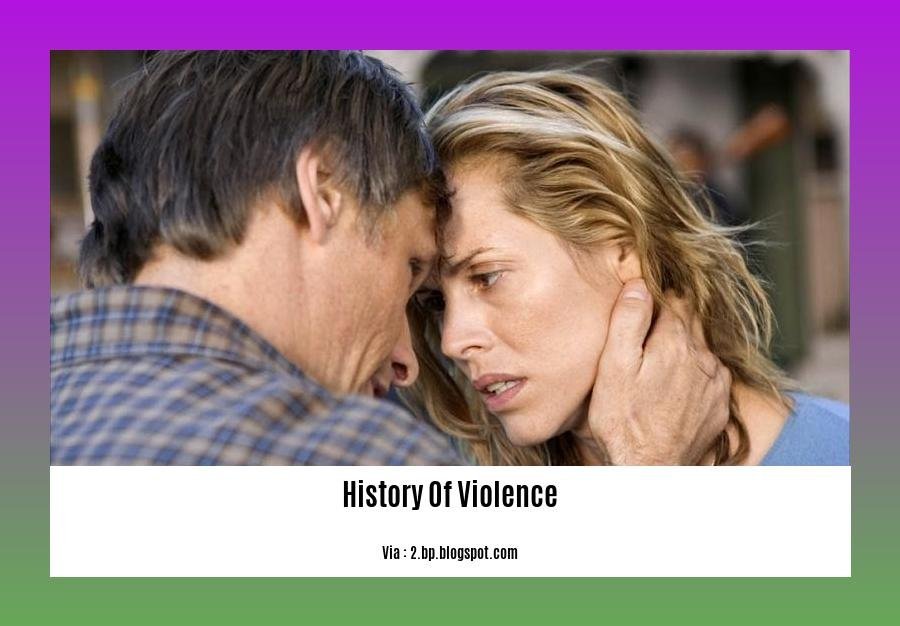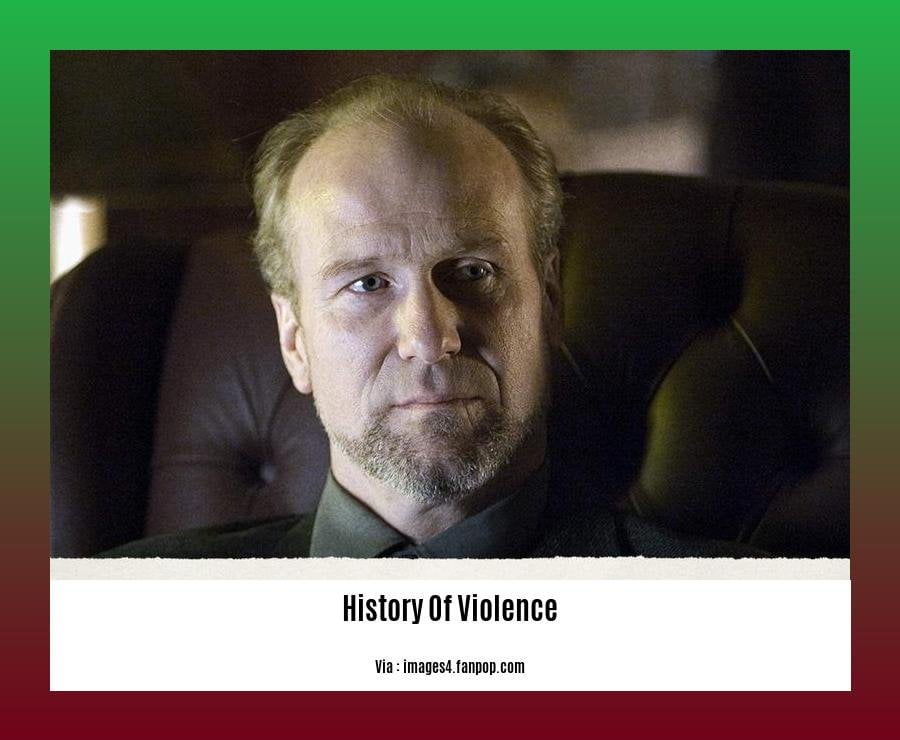Delve into the depths of history with “[A Historian’s Journey: Exploring the History of Violence]”. This article provides a captivating exploration of violence’s impact on individuals, societies, and civilizations throughout diverse time periods and cultures.
Key Takeaways:
- Violence in History: Violence has multifaceted origins and manifestations throughout history.
- Social, Political, and Economic Factors: These factors shape and perpetuate violence.
- Consequences of Violence: Violence deeply impacts individuals, societies, and civilizations.
- Historical Roots of Contemporary Violence: Understanding these roots aids in preventing future violence.
- Rigorous Research and Nuanced Storytelling: Essential for understanding and conveying the complexities of violence.
History of Violence


The history of violence is a tapestry woven with threads of aggression, oppression, and struggle that spans the entire human experience. From the earliest hominid societies to the modern age, violence has been an ever-present force, shaping our societies, cultures, and individual lives.
The Causes of Violence
The roots of violence are complex and multifaceted, with no single explanation that can fully account for its prevalence. Some of the most commonly cited causes include:
- Power and control: Violence can be used as a means of gaining or maintaining power over others.
- Greed and resources: Violence can be fueled by a desire for material wealth or control over resources.
- Fear and insecurity: Violence can be a response to fear or perceived threats, either real or imagined.
- Social and economic inequality: Violence can be used to enforce social hierarchies and maintain the status quo.
- Cultural factors: Cultural norms and values can influence the acceptance and use of violence.
The Consequences of Violence
The consequences of violence are far-reaching and devastating, affecting individuals, communities, and societies as a whole. Some of the most common consequences include:
- Physical injuries and death
- Psychological trauma and emotional distress
- Social disruption and displacement
- Economic losses
- Political instability
Preventing Violence
Preventing violence is a complex challenge, but there are a number of evidence-based strategies that can be implemented at individual, community, and societal levels. These strategies include:
- Education and awareness: Educating people about the causes and consequences of violence can help to reduce its acceptance and use.
- Social support networks: Strong social support networks can provide individuals with a sense of belonging and purpose, which can help to reduce their risk of engaging in violence.
- Economic opportunities: Providing people with economic opportunities can help to reduce poverty and inequality, which are both root causes of violence.
- Conflict resolution skills: Teaching people how to resolve conflicts peacefully can help to reduce the likelihood of violence.
- Gun control laws: Gun control laws can help to reduce the number of guns in circulation, which can in turn reduce the risk of gun violence.
The History of Violence is a sobering reminder of the destructive power of human conflict. However, it is also a story of resilience and hope. By understanding the causes and consequences of violence, we can work together to create a more just and peaceful world.
If you want to have in-depth knowledge of the various factors that can push individuals to commit violent acts, you should check out our article on the causes of violence.
History of Violence Comic
Stepping into the pages of “A History of Violence” comic, we embark on a journey that unflinchingly explores the complexities of violence. This graphic masterpiece narrates the tale of Tom McKenna, a seemingly ordinary man whose life is shattered when he confronts and neutralizes robbers in his café. The glory he earns for his bravery is soon tainted by a sinister revelation: he is not who he claims to be.
The comic delves into the consequences of violence, both on an individual and societal level. As Tom’s past as a mobster resurfaces, he grapples with his own identity and the implications of his violent history. The exploration of redemption and the possibility of escaping one’s past is a central theme, as Tom struggles to reconcile his old and new self.
The graphic portrayal of violence in the comic serves as a stark reminder of its devastating effects. It invites readers to confront their own perceptions of violence, its root causes, and the far-reaching implications it has on individuals, families, and communities.
Key Takeaways:
- “A History of Violence” comic is a compelling exploration of the consequences of violence, both on an individual and societal level.
- The comic challenges readers to confront their own perceptions of violence, its root causes, and its lasting effects.
- Violence is not simply an act but a complex phenomenon that shapes and is shaped by our identity, relationships, and society.
Most Relevant URL Source:
FAQ
Q1: What is the history of violence against women?
A1: Violence against women has a long and complex history, with roots in patriarchal societies that have historically marginalized and oppressed women. Throughout history, women have been subjected to various forms of violence, including physical, sexual, psychological, and economic abuse, as well as discrimination and exploitation.
Q2: What is the history of violence in DC comics?
A2: Violence has been a prevalent element in DC comics since their inception. From the Golden Age heroes who fought against Nazis and criminals to the modern-day superheroes who battle cosmic threats, violence has been used as a storytelling device to create tension, excitement, and moral dilemmas. However, the portrayal of violence in DC comics has evolved over time, reflecting changing societal attitudes and storytelling techniques.
Q3: What is the history of the graphic novel “A History of Violence”?
A3: The graphic novel “A History of Violence” by John Wagner and Vince Locke was published in 1997 and tells the story of Tom McKenna, a diner owner who becomes a local hero after killing two armed robbers. However, his past as a mobster returns to haunt him, forcing him to confront his violent nature and the consequences of his actions.
Q4: How does “A History of Violence” explore the theme of violence?
A4: “A History of Violence” delves into the complex and multifaceted nature of violence, examining its origins, manifestations, and consequences. Through the character of Tom McKenna, the novel explores the tension between violence and redemption, the impact of a violent past, and the struggle to escape one’s own violent impulses.
Q5: What is the historical context of “A History of Violence”?
A5: “A History of Violence” is set in the United States during the 1950s, a period of social and cultural change marked by the Cold War, the rise of suburbia, and increasing tensions over race and gender. The novel reflects the anxieties and fears of that era, particularly the fear of violence and the breakdown of traditional values and social norms.
- Unraveling Einstein’s Legacy: Who Inherited His Genius? - July 14, 2025
- Unlock Einstein’s Family Tree: Bernhard Caesar & Untold Stories - July 14, 2025
- Unveiling Bernhard Caesar Einstein: His Life & Albert Einstein’s Legacy - July 14, 2025




![[Phrase Match] Embracing Evolution: A Journey Through Contemporary Dance History contemporary-dance-history_2](https://www.lolaapp.com/wp-content/uploads/2023/12/contemporary-dance-history_2-150x150.jpg)











